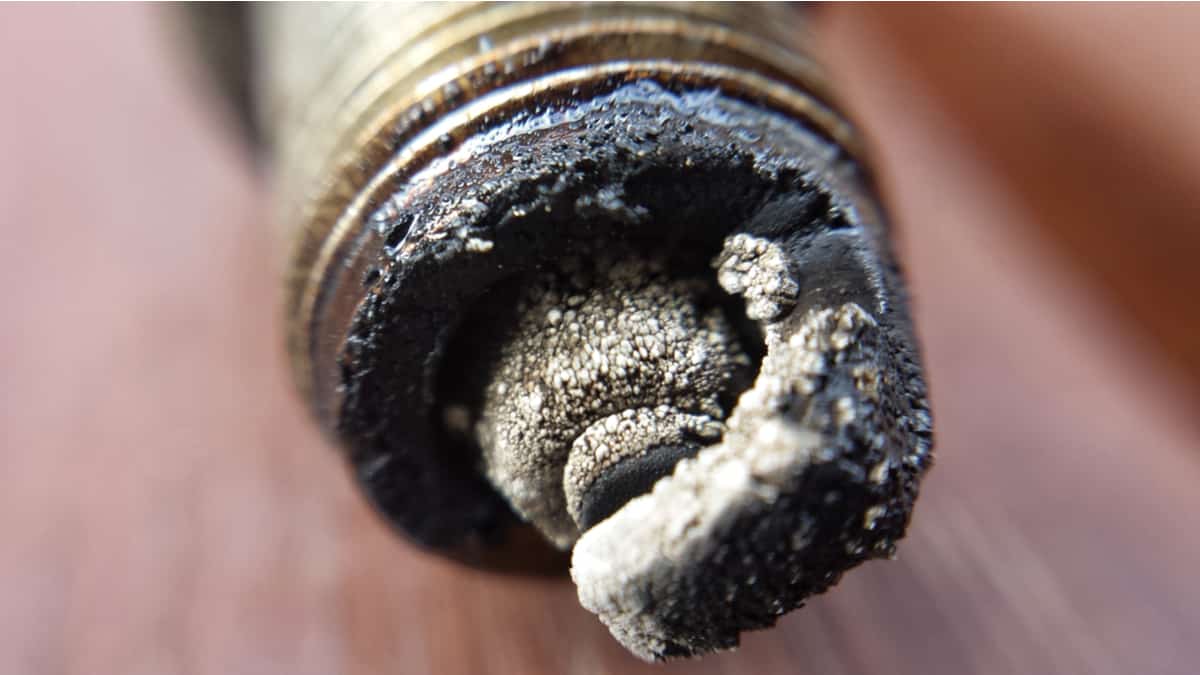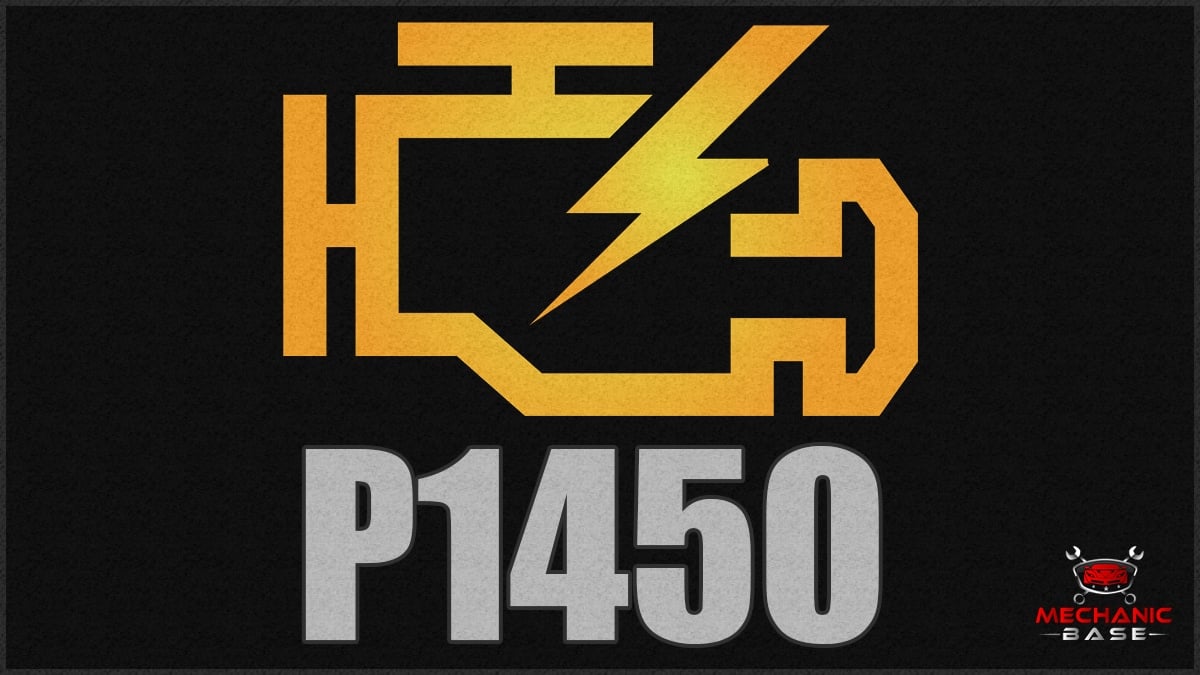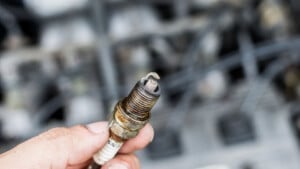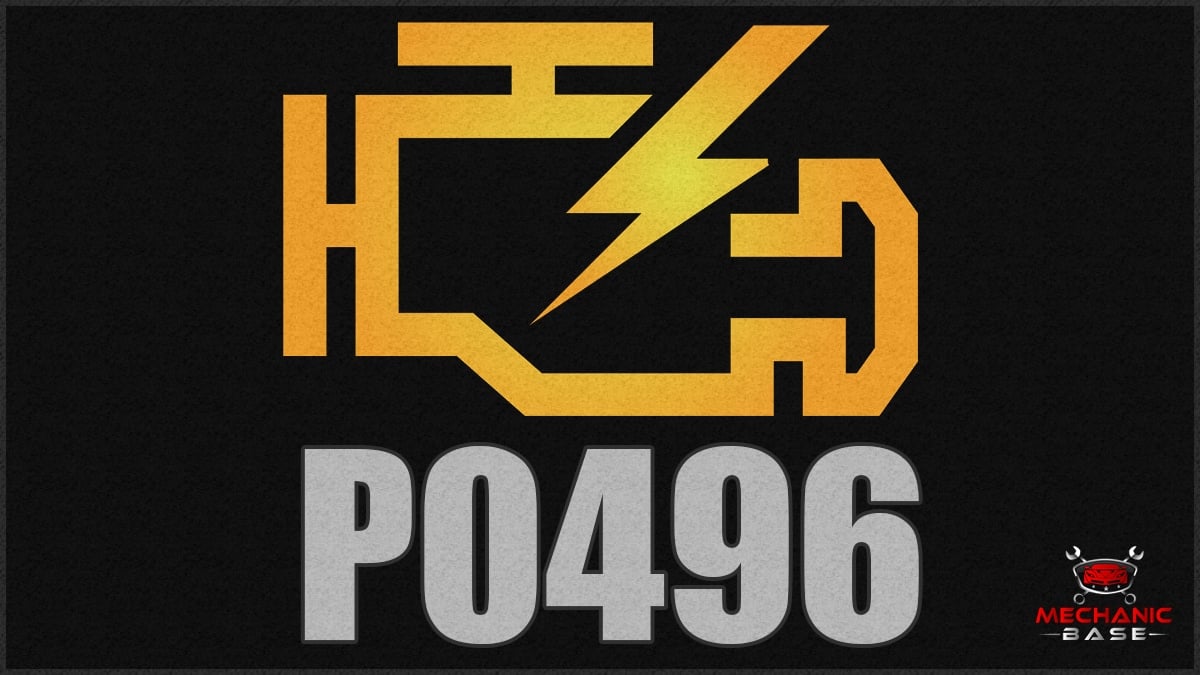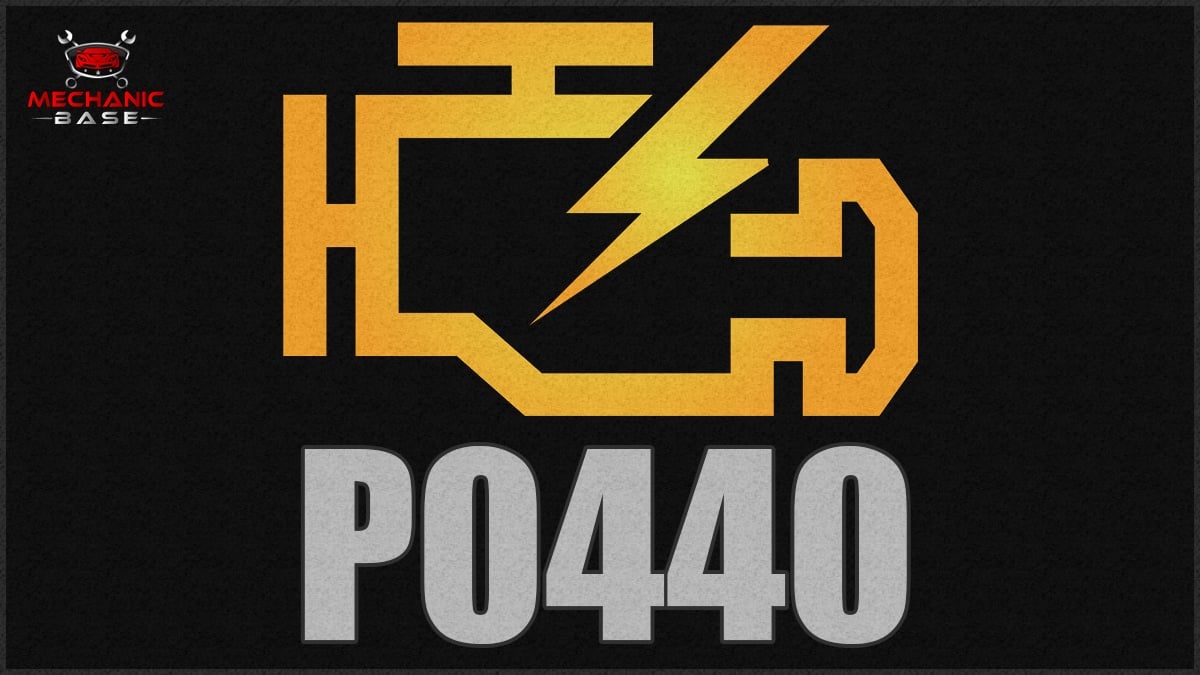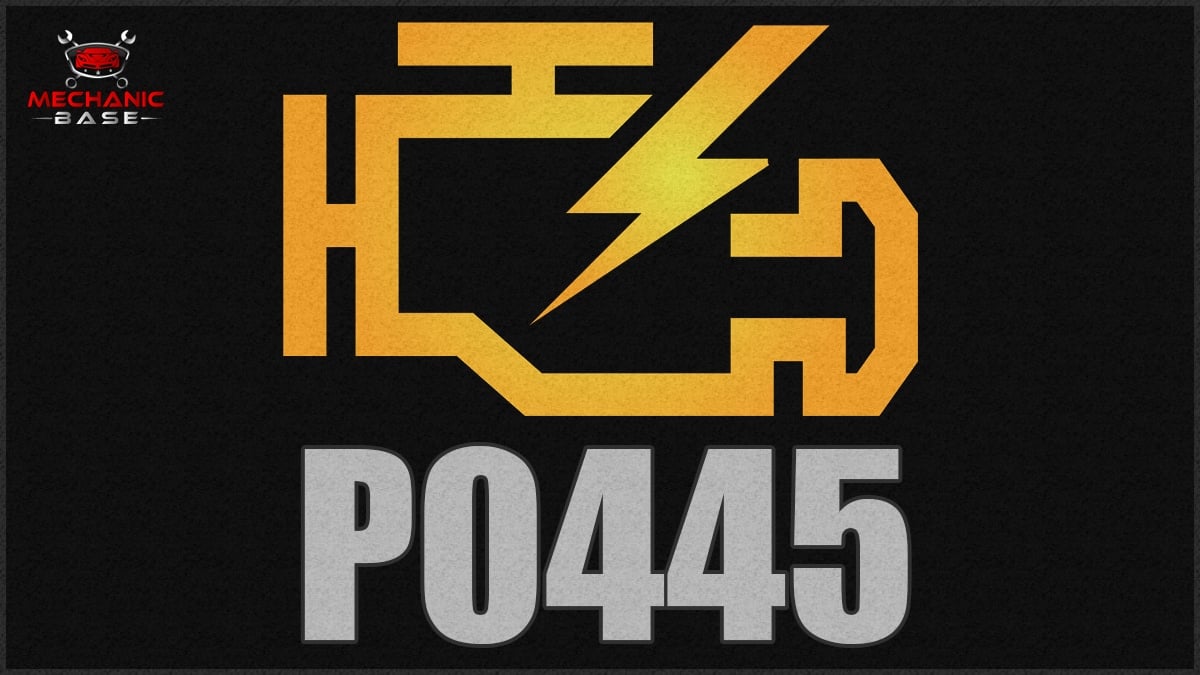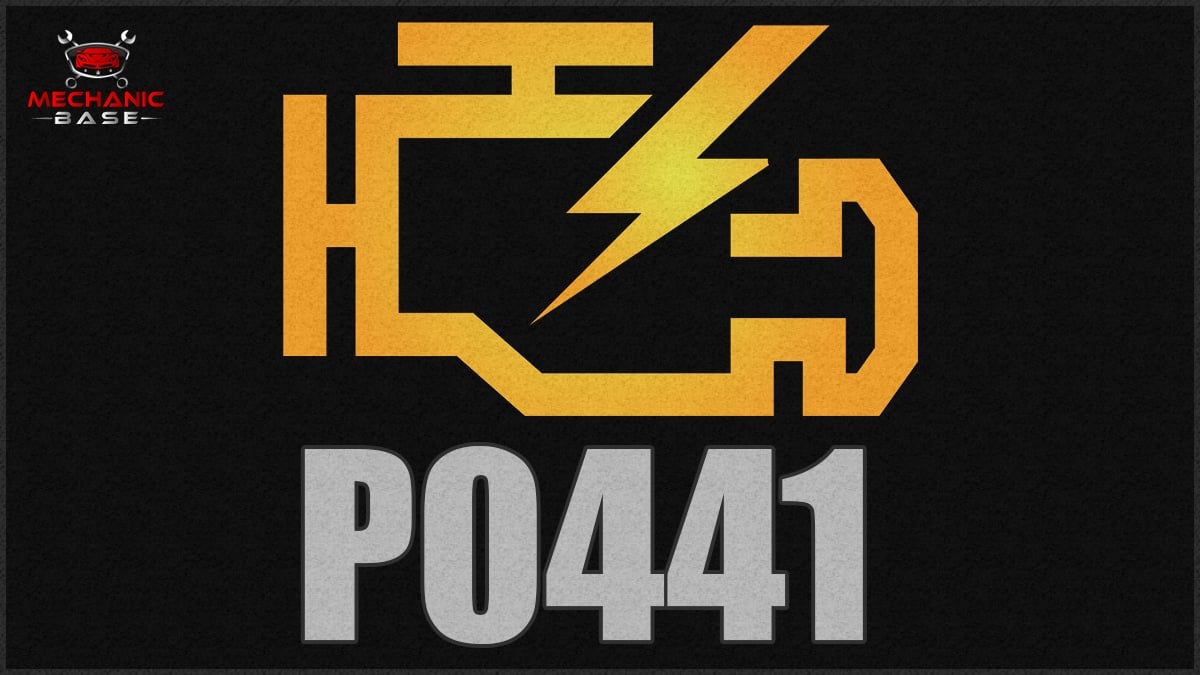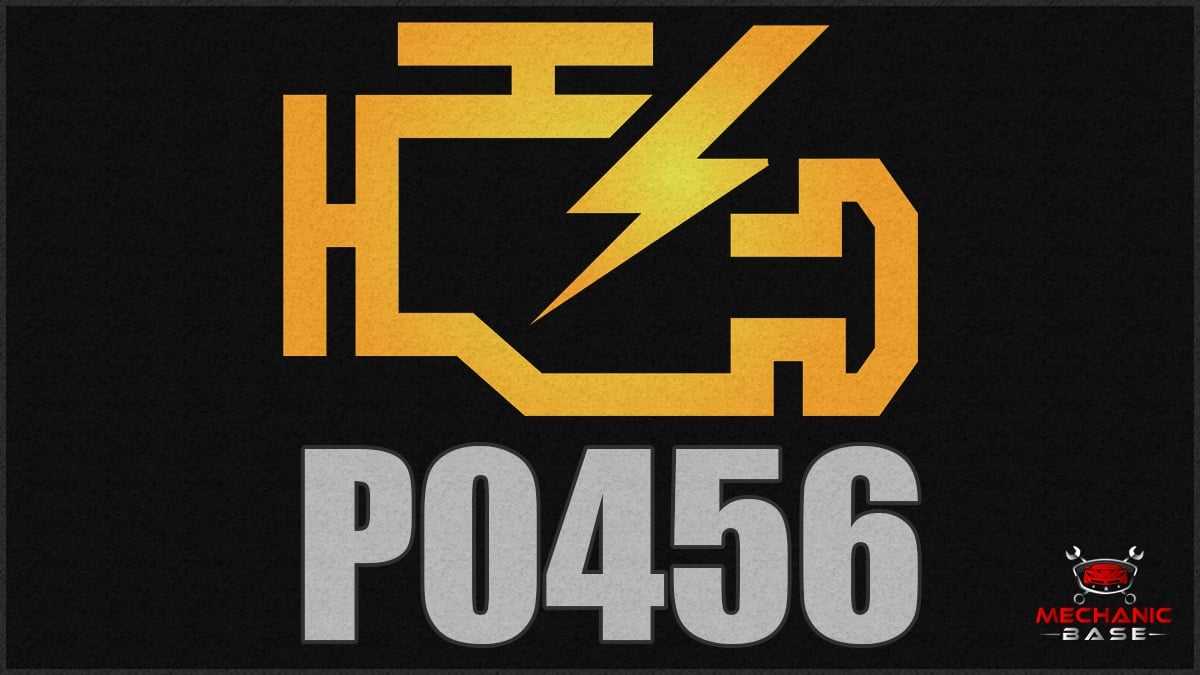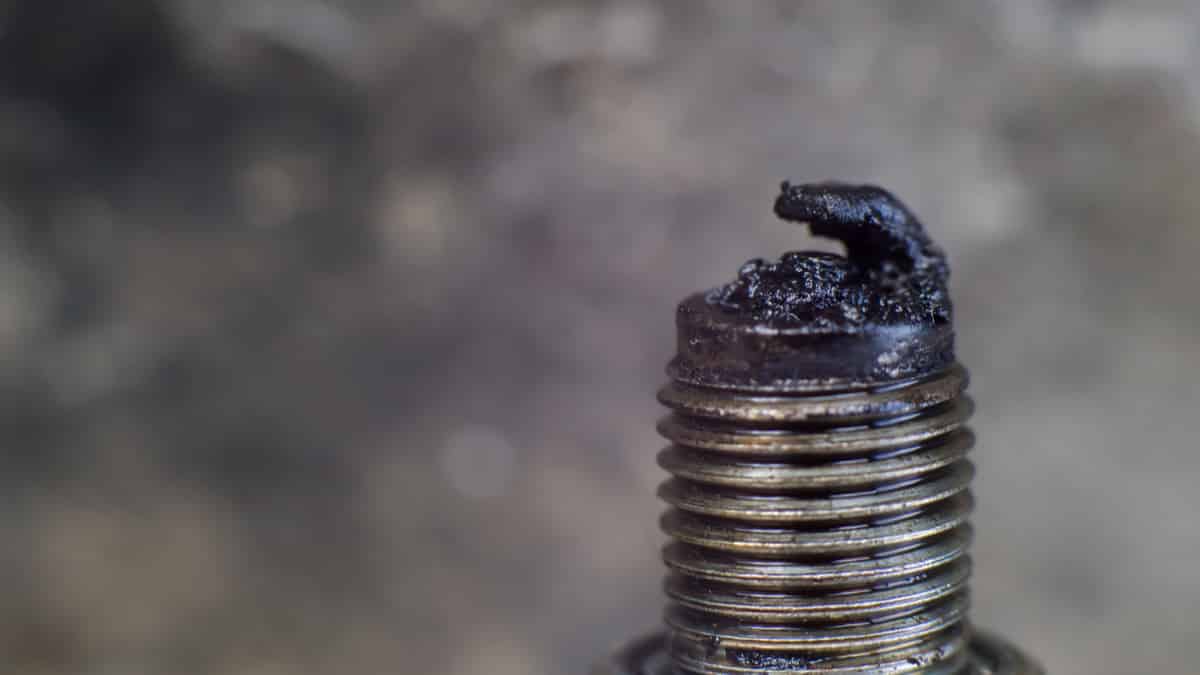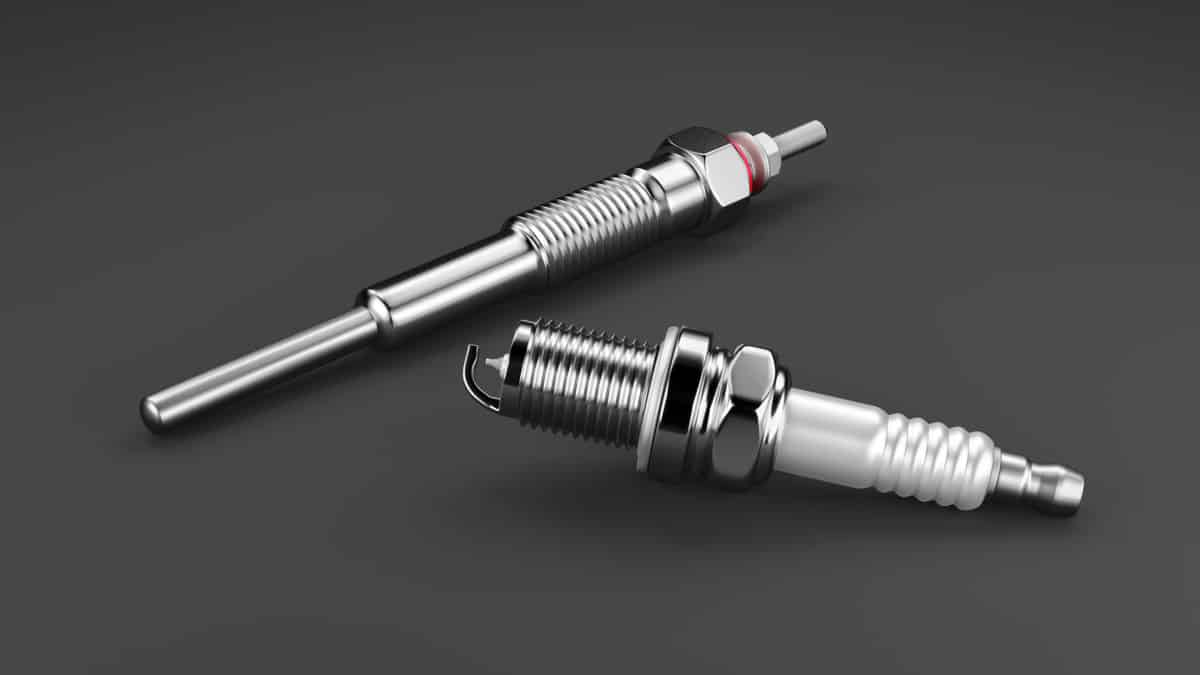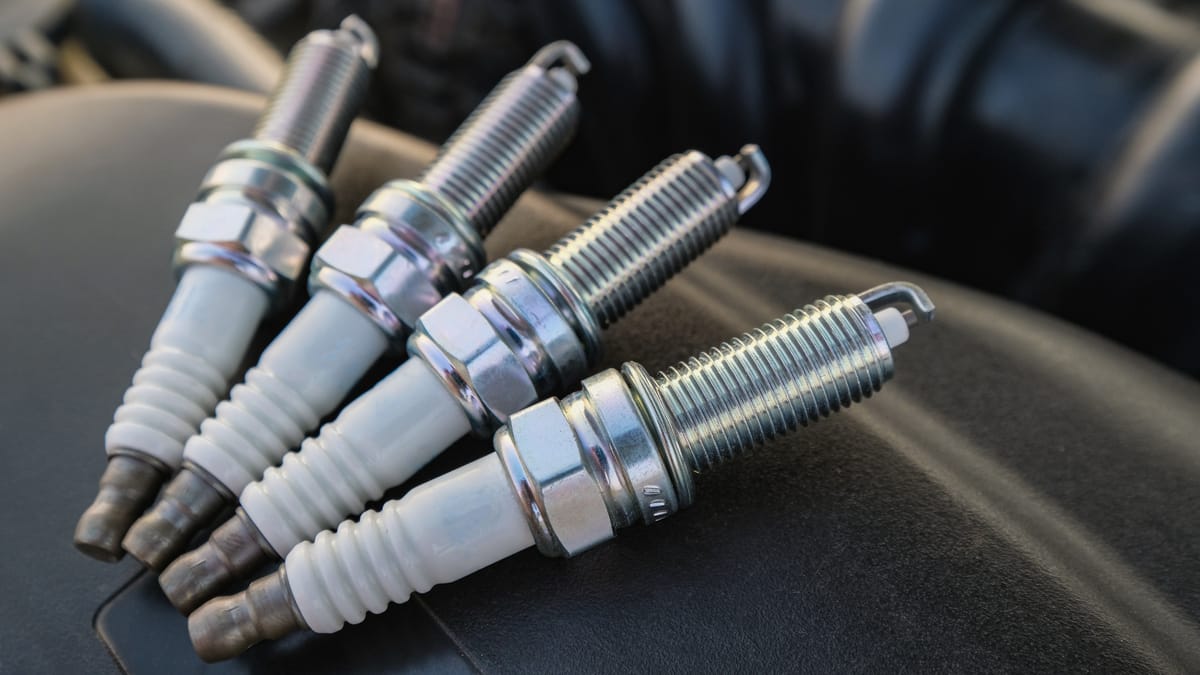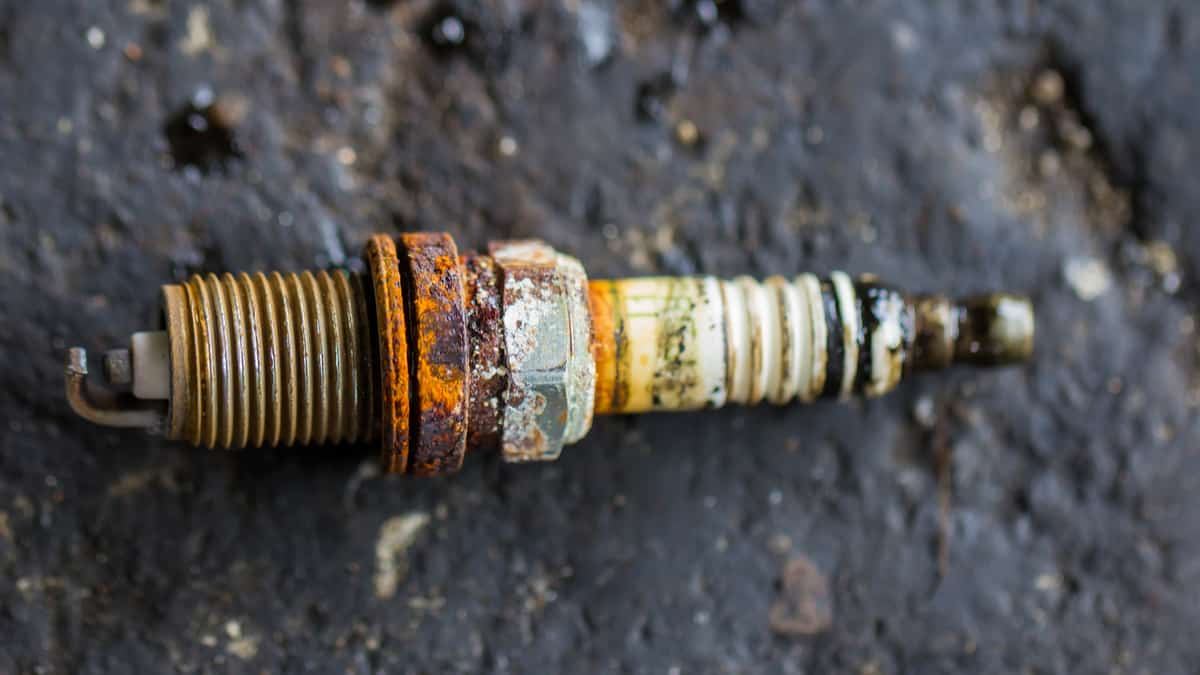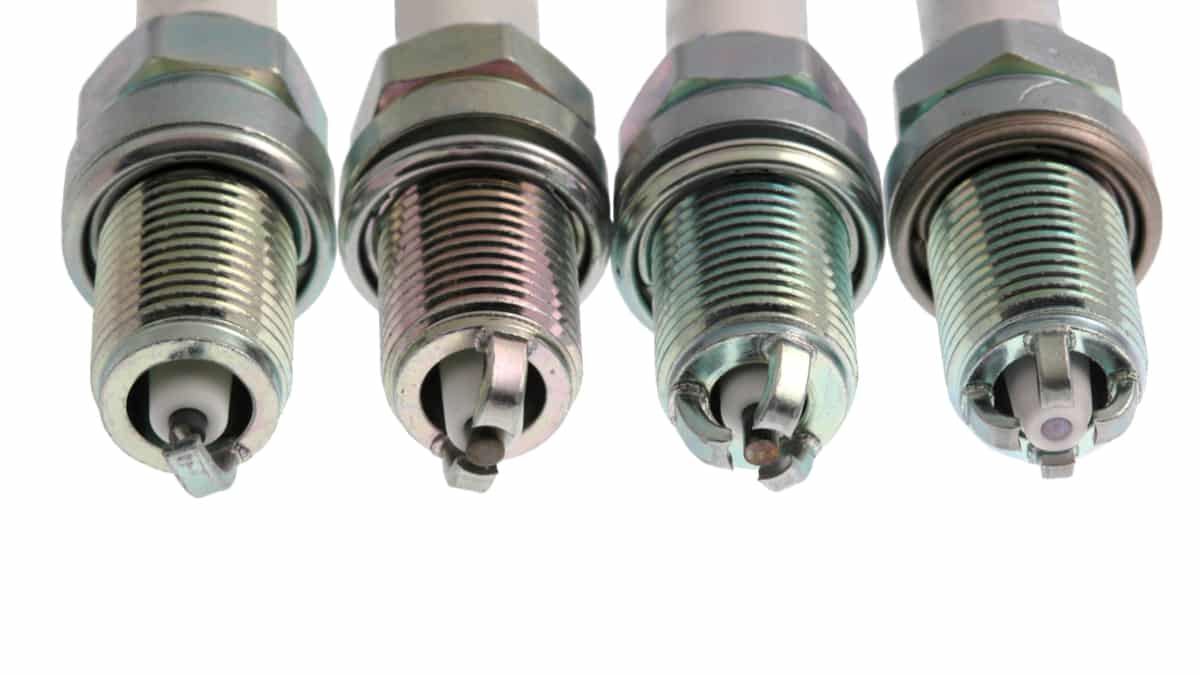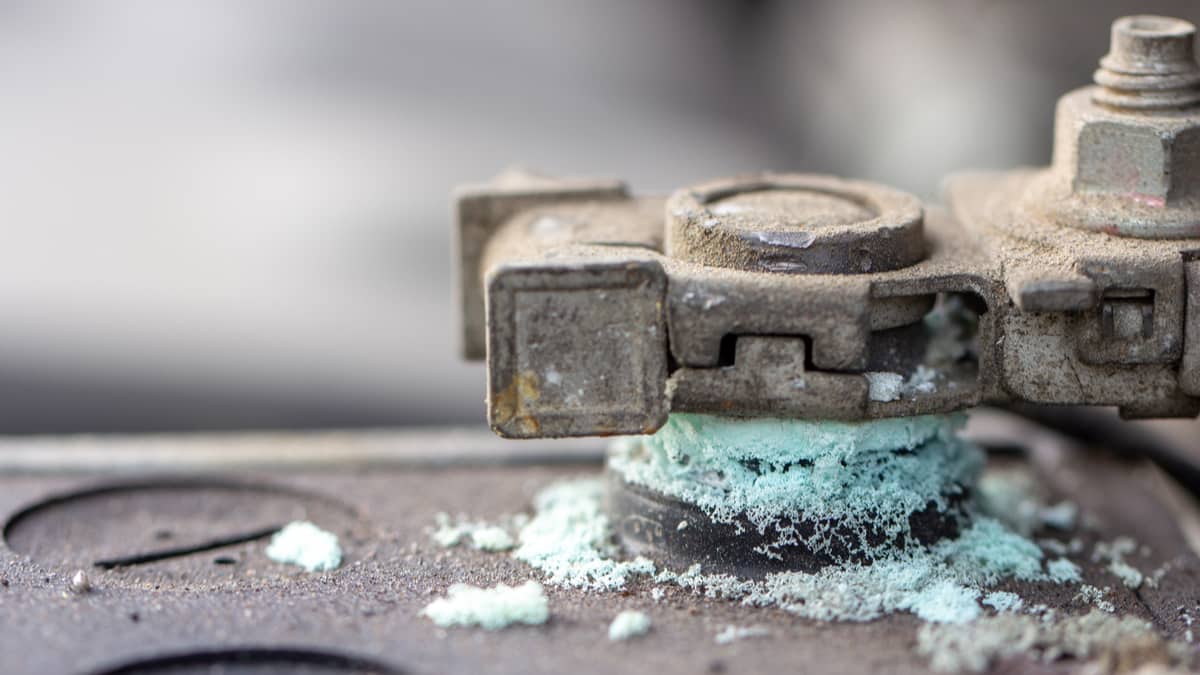Spark plugs are a necessary component to ignite the air-fuel mixture in the combustion chamber. If the spark plugs are fouled, it becomes more difficult to get the engine running as it should. So, what causes a fouled spark plug, and how can it be fixed?
In this guide, I look at the symptoms of fouled spark plugs. I also examine situations that encourage this failure, and show you what steps to take next.
What is a Fouled Spark Plug?
A fouled spark plug is a spark plug that has become dirty or covered with substances that shouldn’t be on the surface. You might see carbon, fuel or oil on the plug, creating trouble with performance, fuel economy and starting the engine.
A fouled spark plug can also become blistered if it has been in an overheating engine. Continuing to drive with fouled spark plugs can lead to other engine issues or catalytic converter failure.
What Are The Symptoms Of A Fouled Spark Plug?
The main symptoms of a fouled spark plug include:
- Contaminated spark plug
- Difficulty starting the engine
- Misfiring engine
- Poor fuel economy
- Decreased response when accelerating
- Rough idle
- Strange exhaust smell
Here is a more detailed list of the signs of a fouled spark plug to look for:
1. Contaminated Plug
As discussed above, a fouled spark plug isn’t going to look like a new one. If you put them side-by-side, you will clearly see the difference.
However, most people aren’t pulling the plugs to look at them unless other problems are noticed. Therefore, this probably won’t be the first symptom you come to, but it will be the one that confirms the spark plug is fouled.
RELATED: 6 Symptoms of Bad Spark Plugs (& Replacement Cost)
2. Difficulty Starting Engine
Spark plugs are needed to get the engine started. If they are fouled, there’s going to be more difficulty cranking the engine over.
You might notice the problem a little at a time. At first, it might take just a second longer but eventually fail to start completely if not repaired.
3. Misfiring Engine
When the spark plug can’t help burn the fuel in the combustion chamber properly, misfiring is going to occur. This problem could start as a stumble or sputter, eventually getting worse.
These problems can also be caused by a failing sensor. Either way, the Check Engine Light will usually come on when the misfiring starts.
4. Poor Fuel Economy
Whenever the car engine doesn’t operate perfectly, the fuel economy is going to drop. Because fouled spark plugs aren’t burning fuel efficiently, you will end up using more gas.
Poor fuel economy can also be caused by a spark plug gap that’s too far apart or close when compared with factory specifications. In this case, you could simply adjust the gap.
5. Decreased Response When Accelerating
With a solid-running engine, the motor is going to respond instantly when you step on the gas pedal. However, the worn-out spark plug may lead to trouble with responsiveness.
Still, trouble accelerating can be caused by numerous factors, so you can’t just assume you are dealing with fouled spark plugs. Instead, you must perform a complete diagnosis to figure out what’s going on.
6. Rough Idle
When operating normally, the engine is going to maintain a consistent RPM. You should get used to where it normally idles and the sound it creates.
When the plugs are bad, the idle may start to drop off or surge unnecessarily. You might also notice unusual vibrations as the ECU tries to compensate for the failure.
RELATED: 10 Causes of Car Engine has Rough Idle (How to Fix it)
7. Strange Exhaust Smell
The spark plugs are needed to ignite the fuel and air mixture in the combustion chamber. If the fuel isn’t being ignited properly, it’s going to make its way through the exhaust unburned.
In this case, you may start to smell gasoline coming from the tailpipe of your vehicle. This condition is known as running rich and can also be caused by many other faults.
Causes of Fouled Spark Plugs
Fouled spark plugs are usually caused by internal oil leaks into the combustion chamber, such as leaking valve seals or piston rings. It can also be due simply to age if they weren’t replaced when they were due after the service schedule.
1. Oil Contamination in Combustion Chamber
One of the main reasons for the fouled plug is oil contamination. When oil leaks into the combustion chamber, the tip of the plugs gets contaminated, leading to failure.
This problem occurs more often in older vehicles. However, you can catch the issue early on if you notice the vehicle is burning through oil faster than normal.
READ MORE: Why Is My Car’s Engine Burning Oil? (& How To Fix It)
2. Carbon Buildup
If the insulator tip or electrodes of the spark plug are black with dry soot, the issue could be carbon buildup. However, the reasons behind the carbon buildup can vary.
It’s possible that the air filter is dirty, leading to contamination. You could also be spending more time driving at slower speeds, changing how the combustion occurs. It also happens if the fuel injectors become dirty or you idle the vehicle excessively.
RELATED: 6 Causes of Oil on Spark Plugs (on Threads & in Wells)
3. Overheating Engine
By overheating the plug tips, you will cause them to fail prematurely. Overheating can occur for multiple reasons, but it most frequently occurs because the cooling system is failing.
Additionally, pre-ignition leads to extra heat in the combustion chamber. When either of these situations occurs, not only will the spark plug electrode wear down quicker, but there will be other engine damage that might not be as simple to fix.
4. Wrong Plug Gap
The spark plug must have the right gap to ensure the spark has an appropriate amount of space to jump. This calibration is different depending on what type of vehicle you drive. You can find the exact specifications in your service manual, but some spark plugs come pre-gapped.
If the spark plugs are pre-gapped, you should still double-check the setting with your spark plug gap tool. If it’s not just right, there will be additional stress on the tip of the spark plug, leading to early erosion. You are also going to notice some strange engine performance issues.
How to Fix Fouled Spark Plugs
There are some instances where cleaning the spark plugs is a good idea. However, most people find that it’s not worth the time. If you are looking for a cheap solution and don’t mind giving it a try, you won’t be out of anything. Of course, the cleaned-up spark plug won’t perform as well as a new one, but it might get you by.
If you want to clean your spark plugs, follow these steps:
- Use a clean rag to wipe down the firing tip and plug surface.
- Use a quick-drying cleaner, such as brake cleaner or fuel injector cleaner. Spray it to the firing end of the plug and let it sit for ten minutes.
- With a wire brush, you can clean the deposits from the spark plug.
- Use your air compressor or a can of compressed air to blow off the spark plug and its firing end.
- Double-check the gap to the spark plug and adjust if necessary.
If you don’t clean the spark plug properly, it can fail much sooner. Additionally, you want to figure out what’s causing the plugs to foul and correct that problem, or it will just continue.
In most cases, it’s best to replace the spark plugs once they foul. For the minimal cost of spark plugs, you have better peace of mind knowing that everything is operating the way it should. It can also be faster to replace them with new plugs versus cleaning them. However, if your engine has an issue like burning oil, you need to fix this first. Otherwise, the plugs will end up fouled again quite quickly.
RELATED: How Long Do Spark Plugs Last?
Categories: Engine, Maintenance
